This post may contain affiliate links. See my privacy policy for details.
It is so insanely easy to accidentally make too many mashed potatoes. To help cut down on waste, here’s how to easily freeze mashed potatoes.
For some great Mashed Potato recipes, why not make The BEST Instant Pot Mashed Potatoes? Or The BEST Buttery Garlic Mashed Potatoes instead?
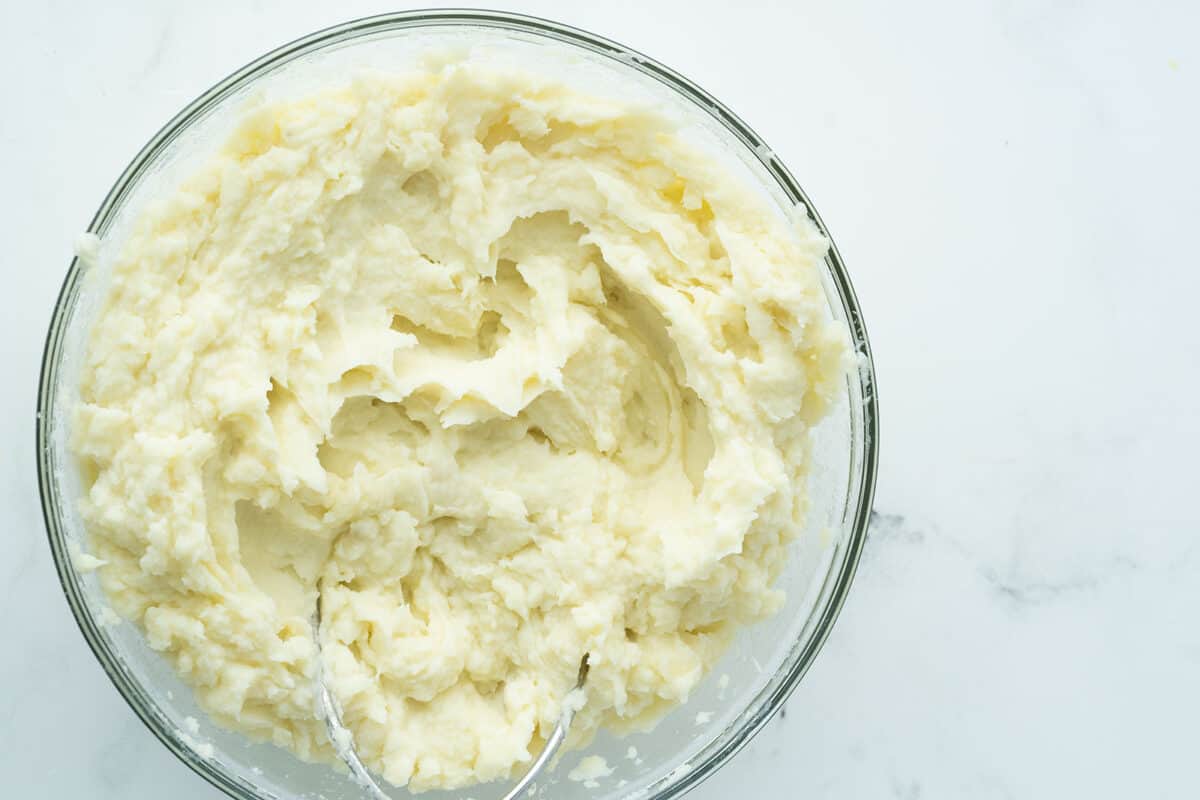
How to Freeze Mashed Potatoes
Every home cook is familiar with the pain of looking into a still-full pot of mashed potatoes.
It is just so hard to estimate how many mashed potatoes you aced for dinner! It is virtually impossible to cook the right amount, so you will always end up with a giant pot filled with leftover potatoes that are slowly congealing into an off-yellow gloop.
The best thing to do is to freeze it in portions so that none of it goes to waste and you can enjoy it again another day!
Freezing The Mashed Potatoes In Portions
When you have your big pile of mashed potatoes sitting there at the end of dinner, the best thing to do is to take the whole lot and divide it into portions.
If you aren’t sure what kind of size your portions should be, try and copy how much everyone ate of their own mashed potatoes.
If they ate them all and were still hungry, they should have had more, and if they left some on their plate, that was too much.
Once you figure that out, separate the batch into individual portions and freeze them in either freezer-safe resealable bags or in freezer-safe container boxes with air tight lids.
Potatoes expand, so leave space!
Make sure you leave enough space for the potatoes to expand, though! Wet and viscous mashed potatoes can expand a lot when frozen, so don’t rupture the bag!
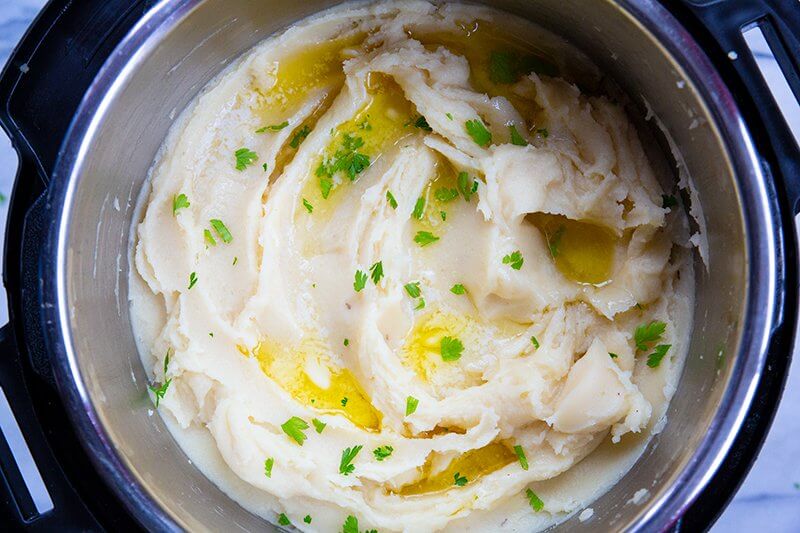
Freezing The Mashed Potatoes On A Sheet Tray In Smaller Portions
If you want to break the mashed potatoes up into really small portions, you are going to want to freeze them in a single layer on a sheet tray.
A little ball scooper, like a cookie dough shaper tool, is great for this – you want to take small pieces of mashed potato and line them on a sheet tray over a sheet of baking paper. Then, chuck this sheet tray into the freezer to completely chill and solidify the mashed potato chunks.
From there, you can drop them into a larger Ziploc bag to freeze completely, allowing you to easily take a single piece of mashed potato and reheat that whenever you want it!
Drying The Mashed Potatoes Instead
Another great way to store your mashed potatoes for the future is to completely dry them in a dehydrator or oven.
Simply spread the mashed potatoes out in a single layer on a baking sheet and then stick it in an oven or a dehydrator.
The dehydrator is much simpler, as it will dry it out on the rack provided and only take a few hours, but the oven requires a bit more customization.
You want to get the temperature as low as you can go without risking the oven not heating it properly. For most ovens, this is usually around 212 Fahrenheit or so. If it is still too hot and you think the potatoes might be burning, try cracking the oven door open a bit to let some of the extra heat out, just in case.
Once dehydrated, you can freeze the mashed potatoes in bags, confident that by removing all of the excess water, they won’t swell up and burst their containers.
Just make sure you add water back into the potatoes when you reheat them! No one wants to be eating dry, warmed-up shreds of mashed potato without a bit of moisture.
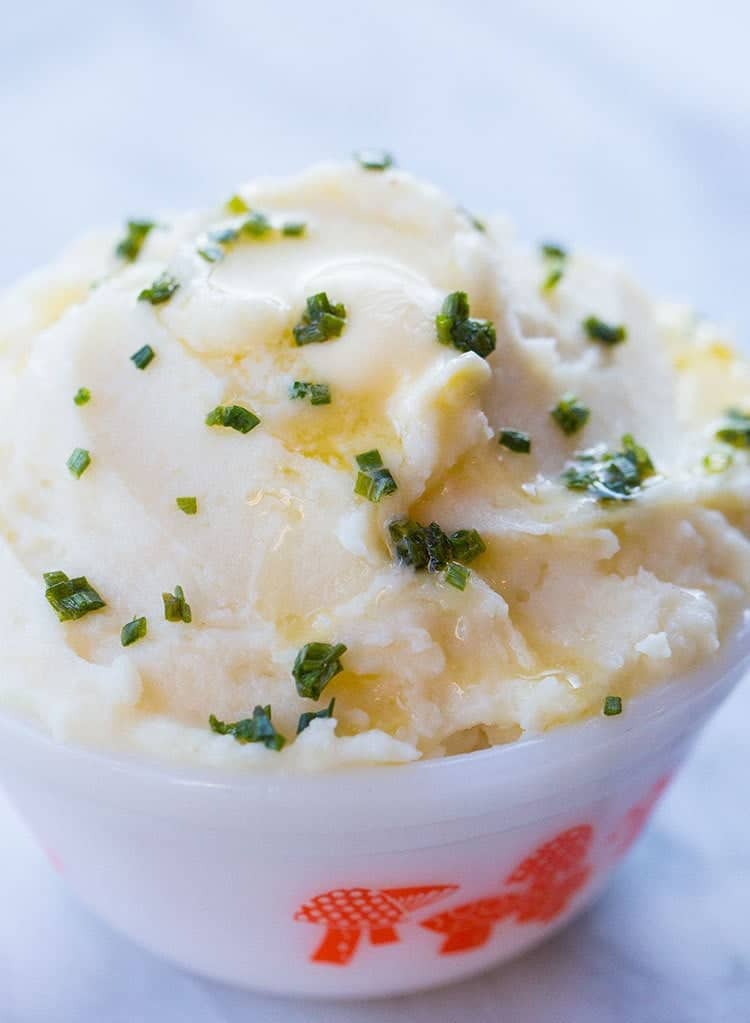
How To Reheat Your Mashed Potatoes
To reheat and enjoy your mashed potatoes, later on, make sure to fully defrost them first.
After sitting in the fridge overnight or for a few hours during the day, simply stick them in a Dutch oven or other lidded pot and gently hit them on the stovetop.
You can also heat them in the oven, just so long as you keep the temperature cool enough to make sure that the potatoes don’t start to burn, especially if you originally put lots of milk and butter when you made the mashed potatoes all those days ago.
Once reheated, consider adding a bit more butter to help keep things tasty, as well as a little bit more salt, and then serve and enjoy!
Looking for more great How To Guides? Try these out:
• How to Make Perfect Instant Pot Eggs: Soft, Medium & Hard Boiled!
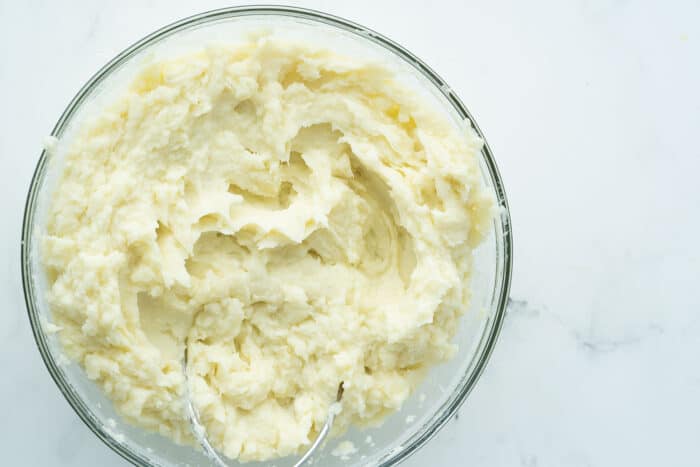
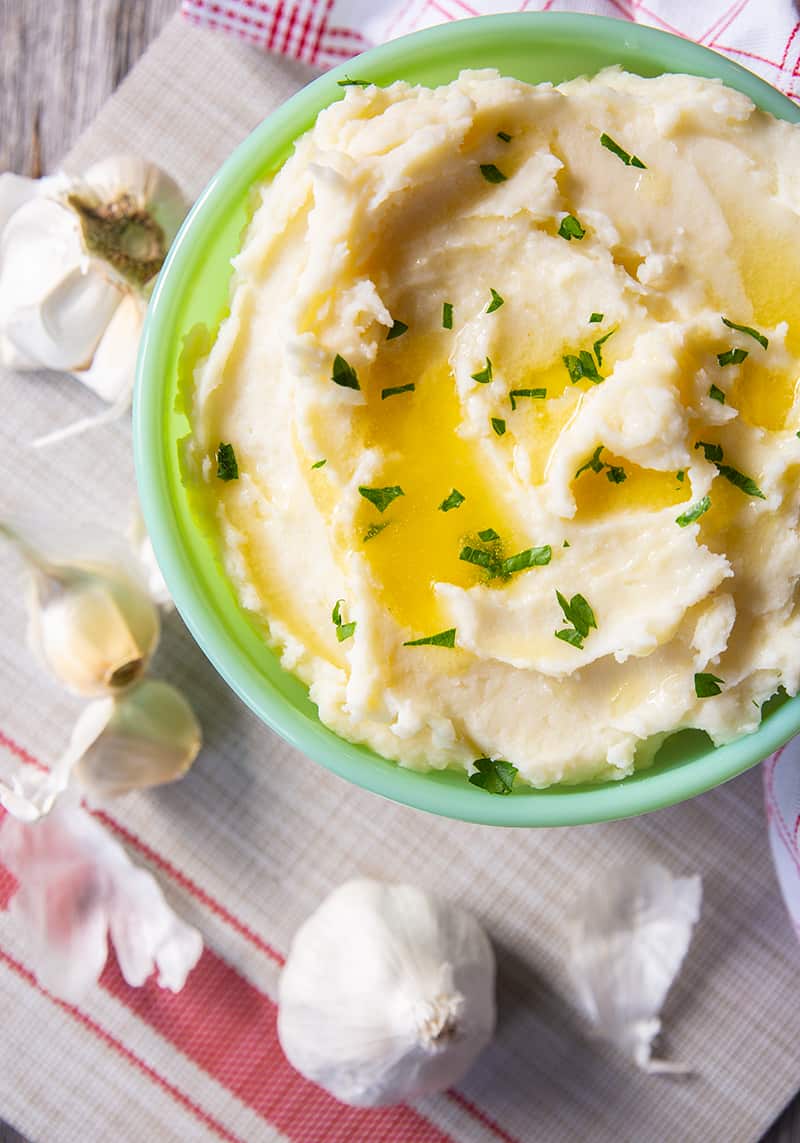

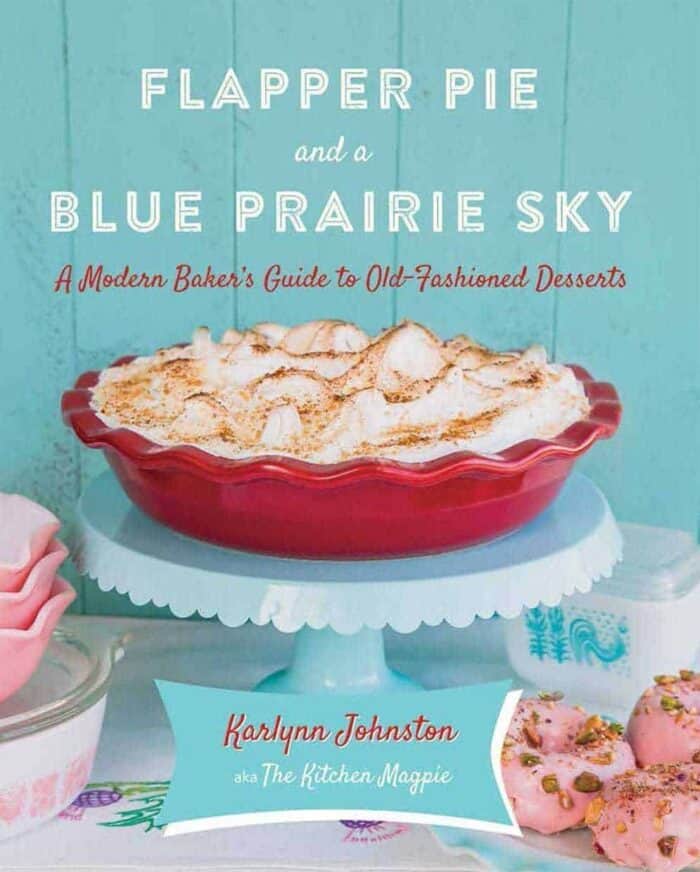









Leave a Comment or Recipe Tip